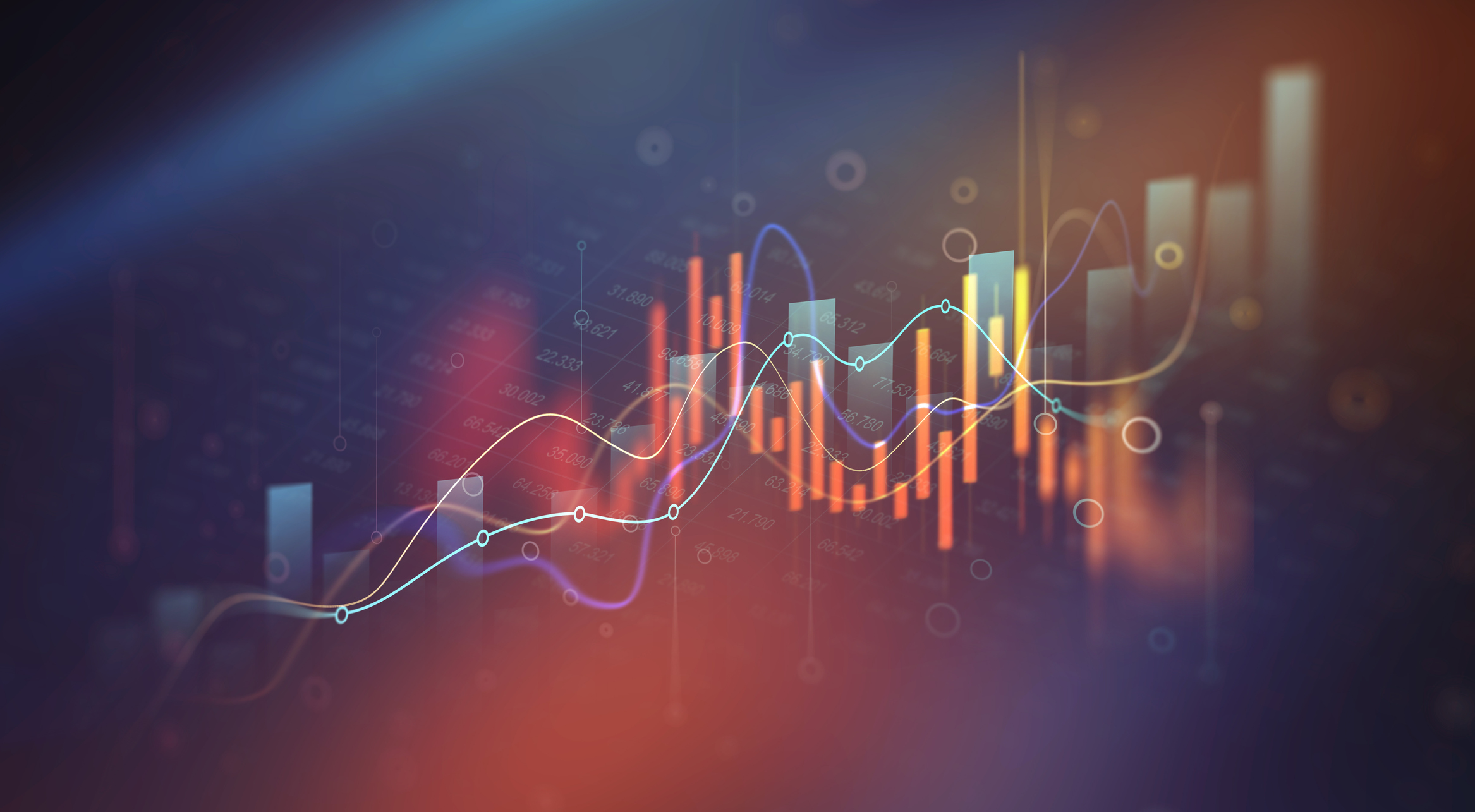Melbourne-based Ross Carroll joined Commerce as CEO in August.
Carroll has a diverse and impressive resume, having most recently spent nine years as chief financial officer of Chinese-backed base metals miner MMG where he oversaw multiple acquisitions.
Prior to that he was managing director of contractor Macmahon Holdings. He was once chief financial officer of Woodside and earlier spent 18 years at BHP, including as vice president commercial of the company’s iron ore division and VP finance and planning of the petroleum division.
“I come from bigger companies but I was attracted to Commerce by the potential,” Carroll told the Resources Rising Stars conference earlier this month.
Commerce owns the largest rare earth project in North America, but its market capitalisation is just C$17.6 million.
“There are plenty of rare earth hopefuls out there with market caps of $200-300 million and we would argue – probably they would argue as well – that this is a superior project,” Carroll said.
Carroll joined Commerce ahead of a planned Australian listing.
“That planning process has started with the initial discussions with the ASX and I expect we’ll list around February or March next year,” he said.
In the meantime, Commerce raised just over C$2 million in August.
Ashram
Commerce’s Ashram project is in northern Quebec, Canada.
“It is unusual for a junior mining company like us to have a tier one asset like this,” Carroll said.
“It’s something that certainly attracted me to the company and it’s obviously the shining light.”
Ashram, a monazite-dominant carbonatite, was discovered in 2009 and has an indicated resource of 73.2 million tonnes at 1.89% total rare earth oxide and 6.6% fluorspar and an inferred 131.1Mt at 1.91% TREO and 4% fluorspar with 21% neodymium praseodymium distribution.
“To put that in context, Mountain Pass and Lynas and also Arafura Rare Earths, which is a relatively advanced project here in Australia, all sit with 40-50Mt of resource, so it is big,” Carroll said.
“We’ve got an 80-year mine life just with what we’ve got. It is a big deposit and genuinely a tier one resource.”
A 2015 preliminary economic assessment found that Ashram could produce a 10% concentrate but work since then has indicated the project can produce a 35% concentrate.
Fluorspar could potentially provide a valuable by-product credit.
“That should provide a big boost to the project and potentially $60 million of revenue a year as a by-product credit,” Carroll said.
“It’s got a 500m strike length, so it’s all very confined, easy to mine and not having a great impact on the surrounding area.”
Commerce is looking at establishing a physical presence in Quebec and will launch an updated PEA.
“Probably one of the biggest challenges we face is infrastructure,” Carroll said.
It is estimated the project will need around C$500 million of investment in infrastructure due to its remoteness in Nunavik territory.
Given rare earths are of strategic importance to Western governments, Carroll is hopeful of some assistance on the infrastructure front.
“There’s a lot of money around from the Canadian government, the United States government and even the EU,” he said.
“I think with our proximity to the North American market, that’s certainly a benefit.”
Commerce has applied for funding from the US Department of Defense.
“Hopefully this can help us solve the infrastructure challenge,” Carroll said.
The company already enjoys support from the provincial government with Investissement Quebec investing C$1 million in 2017.
Commerce recently conducted some drilling for niobium, 1.5km from Ashram, with results due shortly.
“This could be a really valuable string to our bow,” Carroll said. If we do find some material and commercial niobium we’ll be able to feed it into the same complex.”
Rare earths market
Rare earths demand continues to grow, thanks to their wide use in military applications, wind turbines and electric vehicles.
Adamus Intelligence estimates global rare earths consumption rose by 13.3% last year.
“With total magnet rare earth oxide consumption forecast to increase at a compound annual growth rate of 5.4% (versus a higher 8.2% for demand) and prices projected to increase at CAGRs of 4.3% to 5.2% over the same period, Adamas Intelligence forecasts that the value of global magnet rare earth oxide consumption will increase more than five-fold by 2040, from US$7.8 billion this year to US$44.1 billion by 2040,” it said late last month.
Prices for now remain depressed and the Chinese have an estimated 80% market share.
Carroll described the rare earth market as interesting and complicated.
“It is a tough market, but given its significance, something has to change.”







